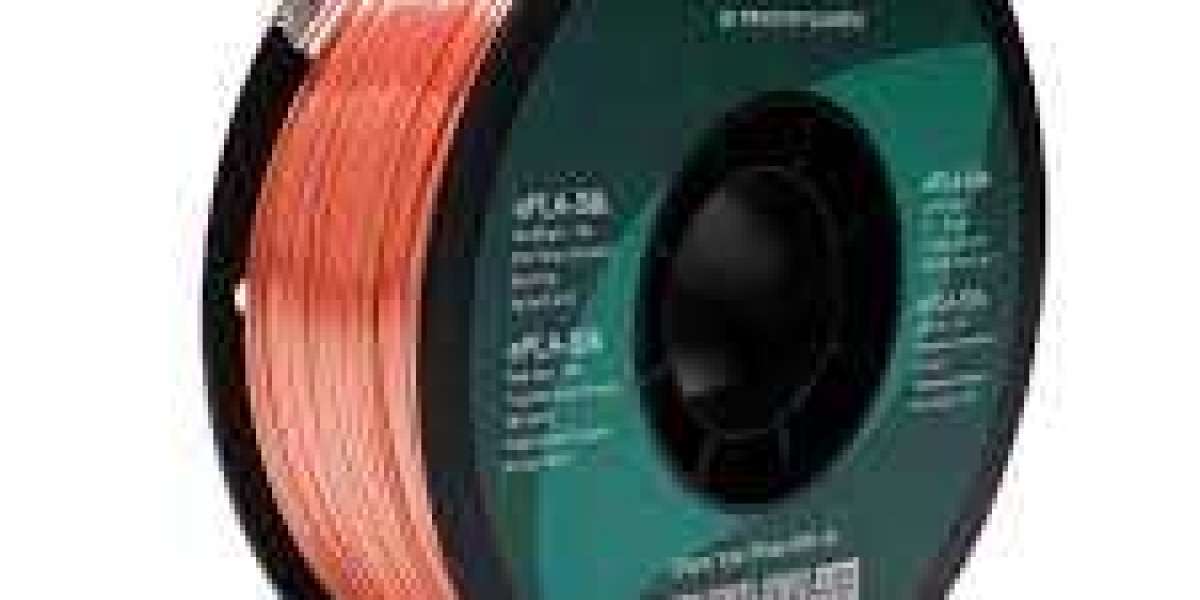With the increasing maturity of 3D printing technology today, PETG (polyethylene terephthalate) filament as a commonly used printing material has attracted wide attention for its excellent mechanical properties, toughness and high temperature resistance. However, when printing with PETG filaments, the removal of the support structure is often a major challenge for users.
High material viscosity: PETG material has a high viscosity, which makes the adhesion between the support structure and the model body relatively tight during the printing process, which brings difficulties to the subsequent removal work.
Easy deformation: PETG materials are prone to deformation when heated, so it is easy to deform or damage the model if the support structure is removed improperly.
Complex support structure: For some structurally complex models, the support structure is often more elaborate and complex design, which further increases the difficulty of removing the support structure.
solution
Optimize print parameters
Print temperature: Properly lowering the print temperature reduces the stickiness of the PETG material, making it easier to separate from the support structure after cooling. The recommended printing temperature range is 230 ° C to 250 ° C.
Height and print speed: Adjust height and print speed to ensure that there is enough space between the support structure and the model body for subsequent removal. A low layer height (such as 0.1mm) and a moderate print speed (such as 40mm/s) usually achieve better results.
Use easy removal of support material
Water-soluble support materials: The use of water-soluble materials such as PVA (polyvinyl alcohol) as supports can easily remove the support structure by soaking in water after printing, greatly reducing the difficulty of removal. However, it should be noted that the PVA material requires a higher printing temperature during the printing process, which does not match the printing temperature of the PETG material, so a special dual-nozzle printer is required.
Fracture support materials, such as HIPS (high impact polystyrene), can be removed by dissolving the main model material, but this method may cause some damage to the model surface.
Manual removal technique
Use tools: Prepare a set of fine tools, such as tweezers, scissors, spatula knives, etc., to use when removing support structures. For small support structures, it is recommended to use pointed tweezers for picking and stripping.
Step removal: Start from the outer layer of the model and gradually remove the support structure towards the inner layer. Avoid pulling heavily at once to prevent deformation or damage to the model.
Cooling post-treatment: After printing, let the model cool naturally for a period of time, so that it is fully cured before removing the support structure. This reduces the risk of deformation of the model.
Postprocessing
Sanding and polishing: After removing the support structure, the surface of the model is sanded and polished using sandpaper or polishing tools to remove residual marks and improve the surface finish.
Heat treatment: For some demanding models, heat treatment, such as annealing, can be performed after the removal of the support structure to further reduce the internal stress and improve the dimensional stability of the model.
Although PETG filament has many excellent properties in 3D printing, it still requires a certain amount of patience and skill from the user when removing the support structure. By optimizing the printing parameters, using easy removal support materials and mastering manual removal techniques, this problem can be effectively solved, and printing efficiency and model quality can be improved. In the future, with the continuous progress of 3D printing technology, it is believed that there will be more innovative solutions to bring users a more convenient printing experience.



